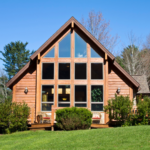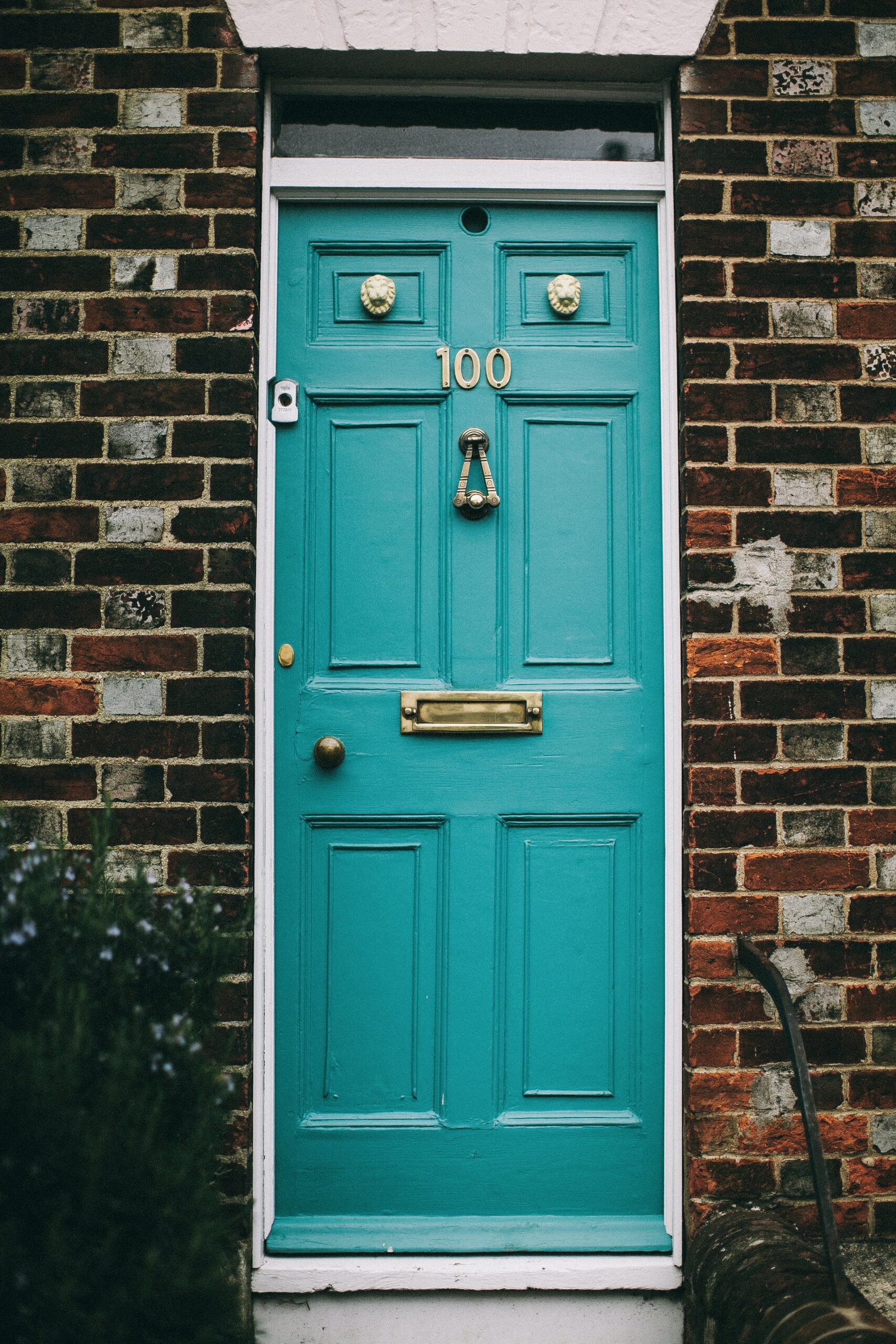With winters seemingly getting longer, and springs getting colder, a lot of us are recognizing that we need to be ready to spend a lot more time heating our homes. Needless to say, the prospect of spending a ton more money on energy for that purpose isn’t exciting, so it might be time to look into more energy-efficient means of heating the home, instead. Here, we’re going to look at a few options to make that a reality.
Where does your heat come from
How your home generates the heat that it requires should be the first step that you take. It’s important to know that not all green energy installations will produce heating for the home. For instance, solar panels may power the electric components of heating systems, but they don’t produce enough heat, themselves, to heat a whole home. Instead, you may want to look at options such as heat pumps, geothermal heating, or even biomass fuel burners for the home. Even wood burners and pellet heating can be more efficient than relying on oil and gas, as you’re able to buy up a store of the resource you need and hold onto it for when that need arises.
How your heat moves through the house
There are, largely speaking, two steps to heating up the home. The first is, as mentioned, actually generating that heat from whatever energy source your home relies on. The second is all about distributing heating around the home. Systems that are able to take pre-existing heating and move it from one part of the home to the next can be much, much more efficient. For instance, a heat pump water heater is able to draw heat from the air itself, including waste heat from a furnace, and provides hot water using it. This can cut down energy bills by hundreds each year. Take the time to look for technology that enables you to distribute heat, rather than having to consistently generate it.
How you keep the heat in your home
Once you have that heat in your home, where does it go? If you let it all slip through the home’s boundary, then you could be wasting money that way, as well. The better that you are able to keep heat inside the home, the less heating that you’re going to have to use. There are various ways that you can do this. Insulating the home is the most effective, by far. If you’re lacking insulation, be it in your walls or in your roof, then installing some should be your first step, and you might even be able to get some financial assistance in doing just that. Other than that, looking for air leaks and caulking them shut can help greatly.
Energy-efficient heating options are becoming more and more popular, which will also hopefully make them more accessible and more affordable as a result. However, many find the investment to be well worth it, and the costs recuperated through energy savings as a result, making them financially responsible in the long term.












